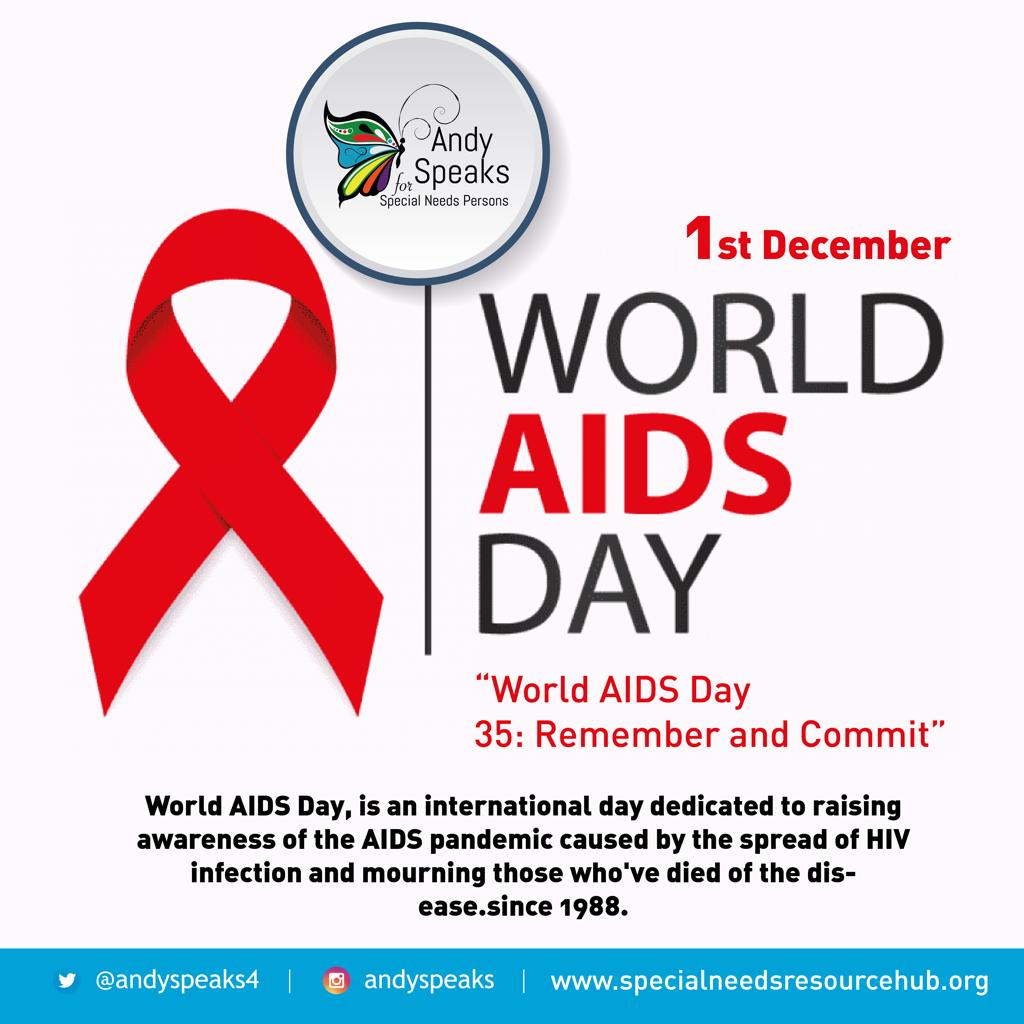No products in the cart.

- This event has passed.
AIDS Awareness Day: A Beacon of Hope and Awareness
December 1, 2023 - December 31, 2023
Spreading Awareness: The Key Objective
World AIDS Day primarily aims to raise awareness about HIV and AIDS, dispelling myths and misconceptions that continue to stigmatize and marginalize those living with the virus. This annual event provides an opportunity for people worldwide to unite in the fight against HIV, to show support for those affected, and to remember those who have lost their lives to AIDS-related illnesses.
Promoting Solidarity
Solidarity is at the core of World AIDS Day. It’s a day for everyone to come together, regardless of their race, gender, age, or sexual orientation, and show support for people living with HIV. By promoting unity and empathy, this day fosters a sense of belonging and acceptance that is vital in the ongoing battle against AIDS.
A Closer Look at HIV and AIDS
HIV, or Human Immunodeficiency Virus, is a virus that attacks the body’s immune system, weakening its ability to fight off infections and diseases. AIDS, or Acquired Immunodeficiency Syndrome, is the final stage of HIV infection when the immune system becomes severely damaged and is unable to fend off life-threatening illnesses. Understanding the virus and the disease is essential in the fight against it.
Awareness: The First Line of Defense
Raising awareness is the first step in preventing the spread of HIV. Knowledge is power, and understanding how the virus is transmitted, how to protect oneself, and the importance of regular testing are crucial in combating the epidemic. World AIDS Day offers a platform to disseminate this information and encourage responsible behavior.
The Global Fight Against AIDS
The battle against AIDS is a global effort that involves governments, healthcare professionals, activists, and the public. It encompasses a wide range of activities, from scientific research and medical advancements to advocacy for the rights of those living with HIV. Let’s take a closer look at some of the key aspects of this global fight:
1. Scientific Advancements
Over the years, there have been remarkable scientific advancements in the field of HIV treatment and prevention. Antiretroviral therapy (ART) has revolutionized the management of the virus, helping people with HIV live longer, healthier lives. Additionally, pre-exposure prophylaxis (PrEP) is a preventive approach that has shown great promise in reducing the risk of HIV transmission.
2. Advocacy and Awareness Campaigns
Countless organizations and individuals have dedicated themselves to advocating for the rights and well-being of people living with HIV. Awareness campaigns, like the Red Ribbon campaign, have helped reduce stigma and discrimination associated with HIV.
3. Support and Care
Support networks and care facilities play a crucial role in the lives of those affected by HIV and AIDS. These networks offer counseling, medical care, and emotional support to individuals and their families, helping them navigate the challenges of living with the virus.
4. Research and Education
Ongoing research and education are fundamental in the fight against HIV and AIDS. Researchers work tirelessly to
A Global Effort
The fight against HIV and AIDS is a marathon, not a sprint. It’s a continuous, global effort that requires the collaboration of governments, healthcare professionals, scientists, activists, and the public. By working together, we can achieve the following goals:
- Universal Testing: Ensuring that everyone knows their HIV status is a critical step in controlling the spread of the virus.
- Treatment Access: Providing access to antiretroviral therapy for all those in need is essential in managing HIV.
- Stigma Reduction: Reducing the stigma associated with HIV will encourage more people to seek testing and treatment.
- Prevention: Promoting safe practices and education to prevent new infections.

